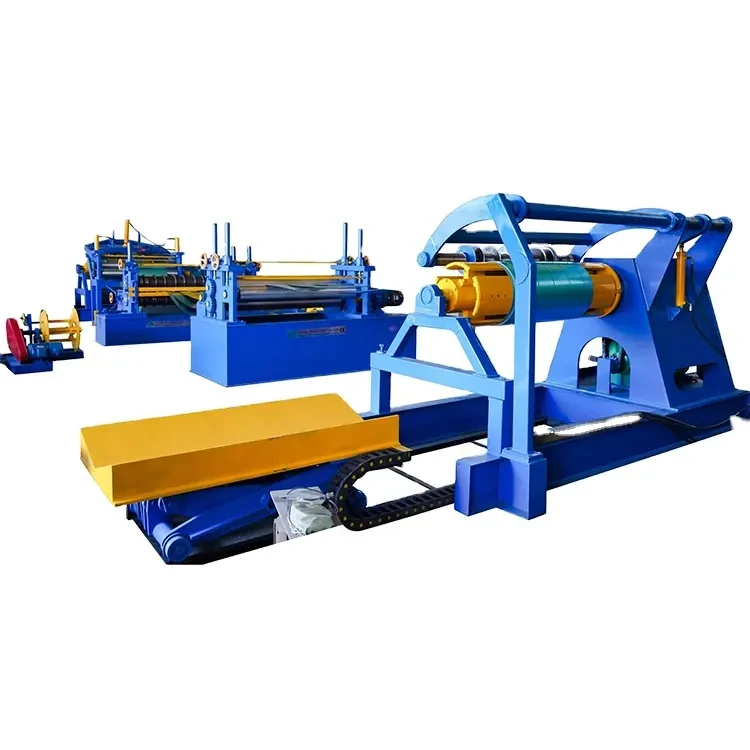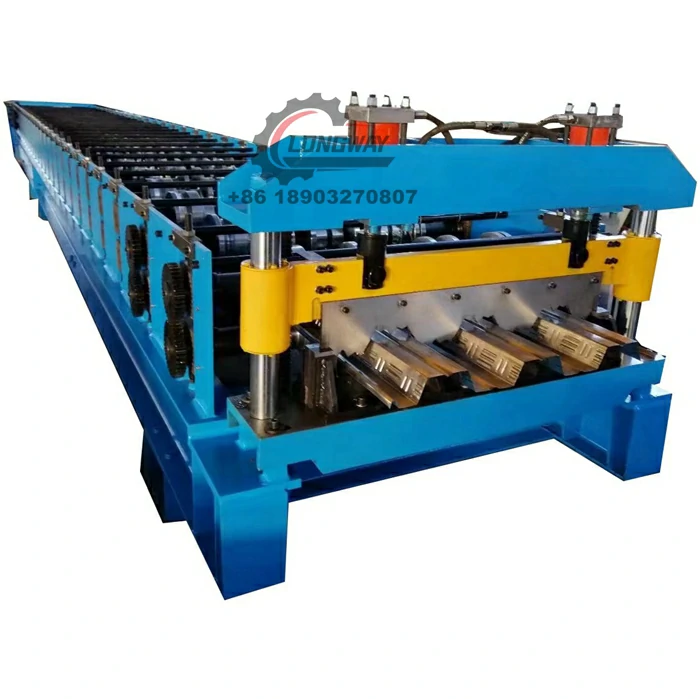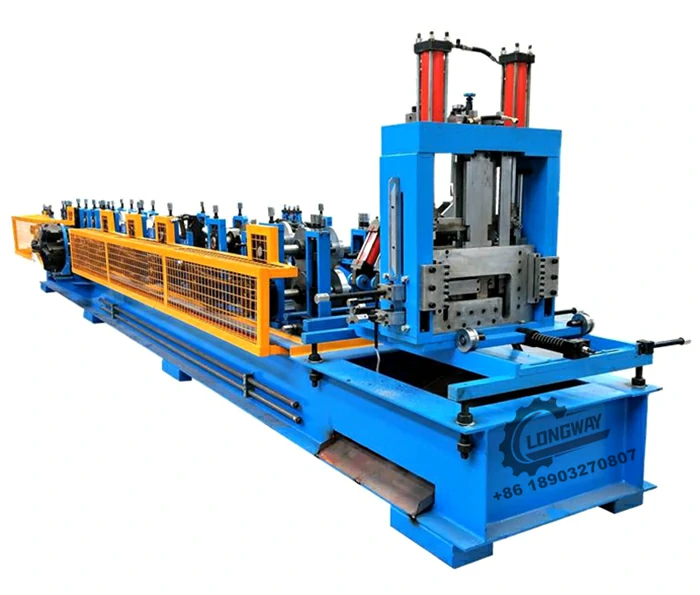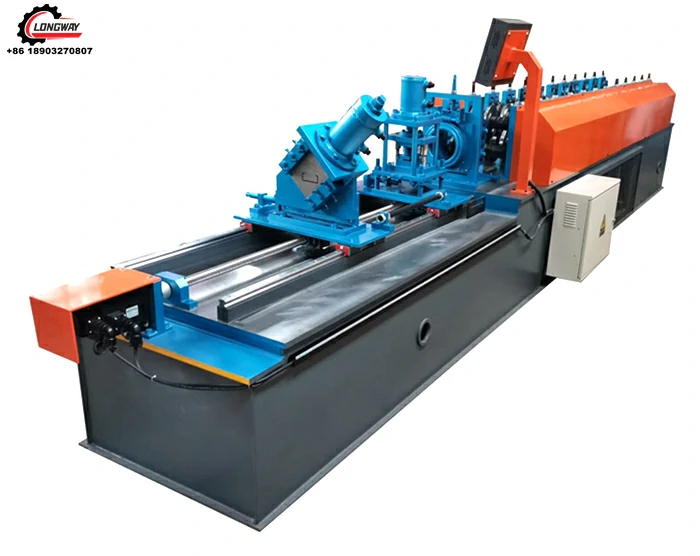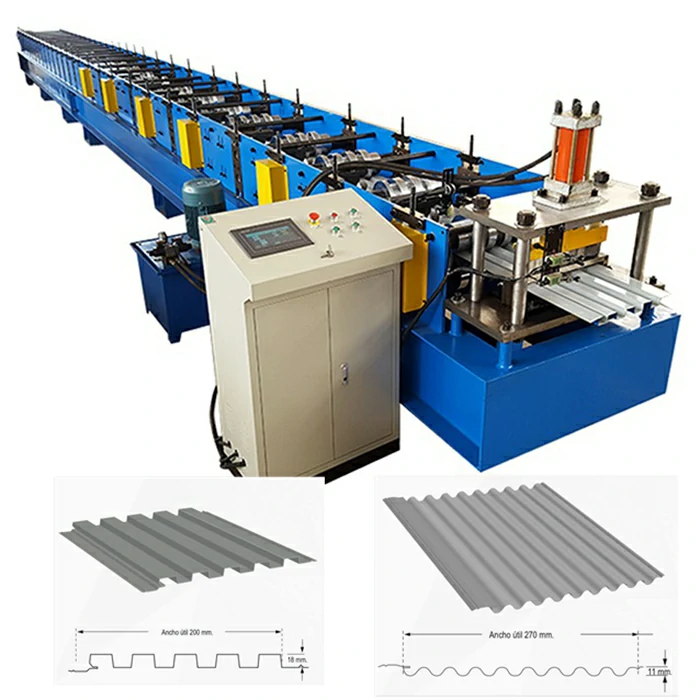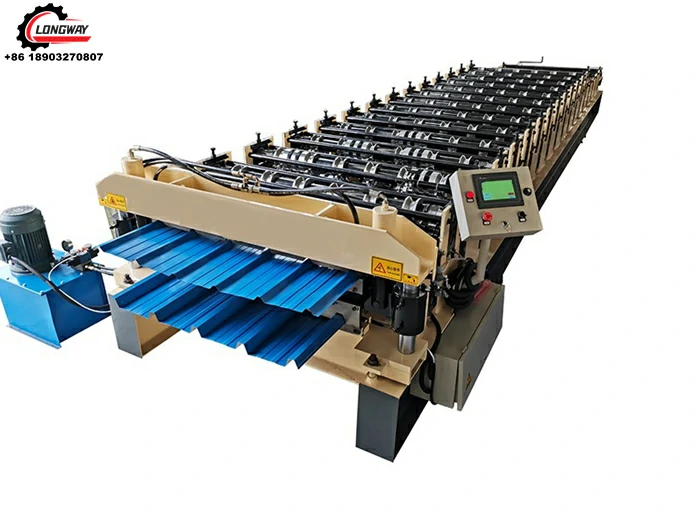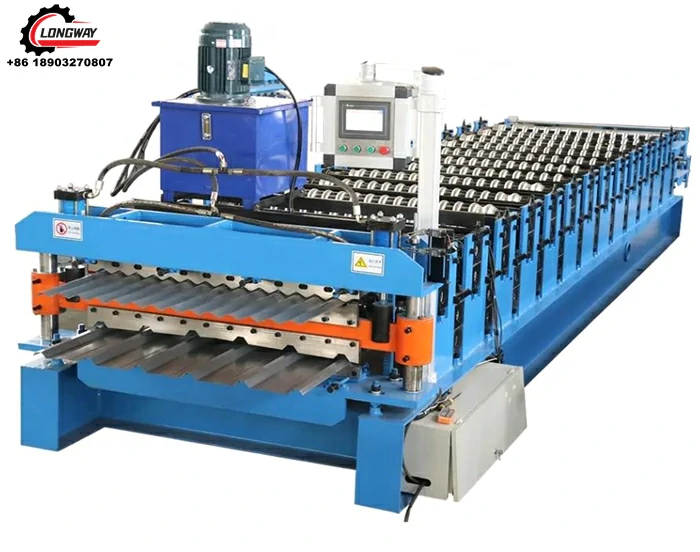window frame roll forming machine
The Window Frame Roll Forming Machine A Comprehensive Overview
In the manufacturing sector, efficiency and precision play pivotal roles in determining productivity and product quality. One of the key machines that have revolutionized the production of window frames is the window frame roll forming machine. This innovative equipment enables manufacturers to create high-quality and durable window frames that meet the varying demands of the construction and architectural industries. This article provides a detailed overview of the window frame roll forming machine, its components, advantages, and applications.
Understanding Roll Forming
Roll forming is a continuous bending operation in which a long strip of sheet metal is gradually shaped into a desired cross-sectional profile. In the case of window frames, the process begins with metal sheets fed into a series of rollers. These rollers gradually shape the metal as it moves through the machine, culminating in a finished product that can be used for various types of windows.
Key Components of a Window Frame Roll Forming Machine
1. Feeding System The first component of the machine is the feeding system, which ensures a steady supply of metal sheets into the roll forming line. This system can be adjusted to accommodate different thicknesses and widths of raw materials.
2. Forming Rollers Perhaps the most crucial element of the machine, forming rollers are specifically designed to shape the metal through a series of progressive stages. Each roller contributes to the final form, creating curves, bends, and lengths required for the window frames.
3. Cutting Mechanism At the end of the forming process, an automated cutting mechanism standardizes the length of the finished frames. This mechanism can be either mechanical or hydraulic, depending on the specifications of the machine.
4. Control System Modern roll forming machines are equipped with advanced control systems that allow operators to set parameters for speed, pressure, and temperature, ensuring precision in production.
window frame roll forming machine
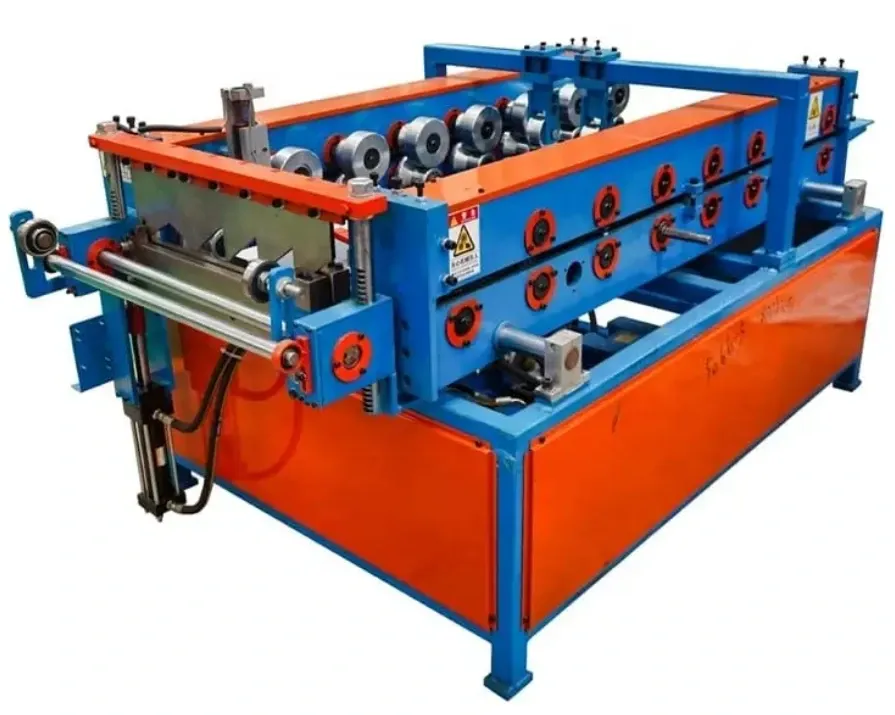
Advantages of Using Window Frame Roll Forming Machines
1. High Efficiency One of the notable advantages of roll forming machines is their speed. These machines can produce window frames in a high volume with minimal manual labor, leading to significant time savings in production.
2. Customization Roll forming allows for a wide range of customization. Manufacturers can easily change the design and dimensions of the window frames, accommodating various architectural styles and customer preferences.
3. Material Efficiency The roll forming process minimizes waste, as it utilizes the material effectively. The continuous flow of material allows for the production of long sections with fewer joints, reducing the amount of scrap metal generated.
4. Durability Window frames produced using roll forming technology typically exhibit superior strength and durability. The process enhances the integrity of the material, making it suitable for both residential and commercial applications.
5. Cost-Effectiveness By streamlining the production process and reducing material waste, the overall operational costs are lowered. This cost efficiency can translate into competitive pricing for manufacturers.
Applications in the Construction Industry
Window frame roll forming machines are widely used in the construction industry for producing various types of window frames, including casement, slider, and awning windows. These frames are essential components of building structures, providing not only aesthetic value but also energy efficiency and structural integrity. Additionally, manufacturers of prefabricated homes often rely on roll forming technology to create window frames that fit their modular design specifications.
Conclusion
The window frame roll forming machine has become an invaluable asset in the production of window frames, providing manufacturers with efficiency, precision, and versatility. As the demand for customized and durable building materials continues to grow, the significance of this machine will only increase. By investing in advanced roll forming technology, manufacturers can enhance their production capabilities and meet the ever-evolving needs of the construction industry.
-
Roof Panel Machines: Buying Guide, Types, and PricingNewsJul.04, 2025
-
Purlin Machines: Types, Features, and Pricing GuideNewsJul.04, 2025
-
Metal Embossing Machines: Types, Applications, and Buying GuideNewsJul.04, 2025
-
Gutter Machines: Features, Types, and Cost BreakdownNewsJul.04, 2025
-
Cut to Length Line: Overview, Equipment, and Buying GuideNewsJul.04, 2025
-
Auto Stacker: Features, Applications, and Cost BreakdownNewsJul.04, 2025
-
Top Drywall Profile Machine Models for SaleNewsJun.05, 2025

